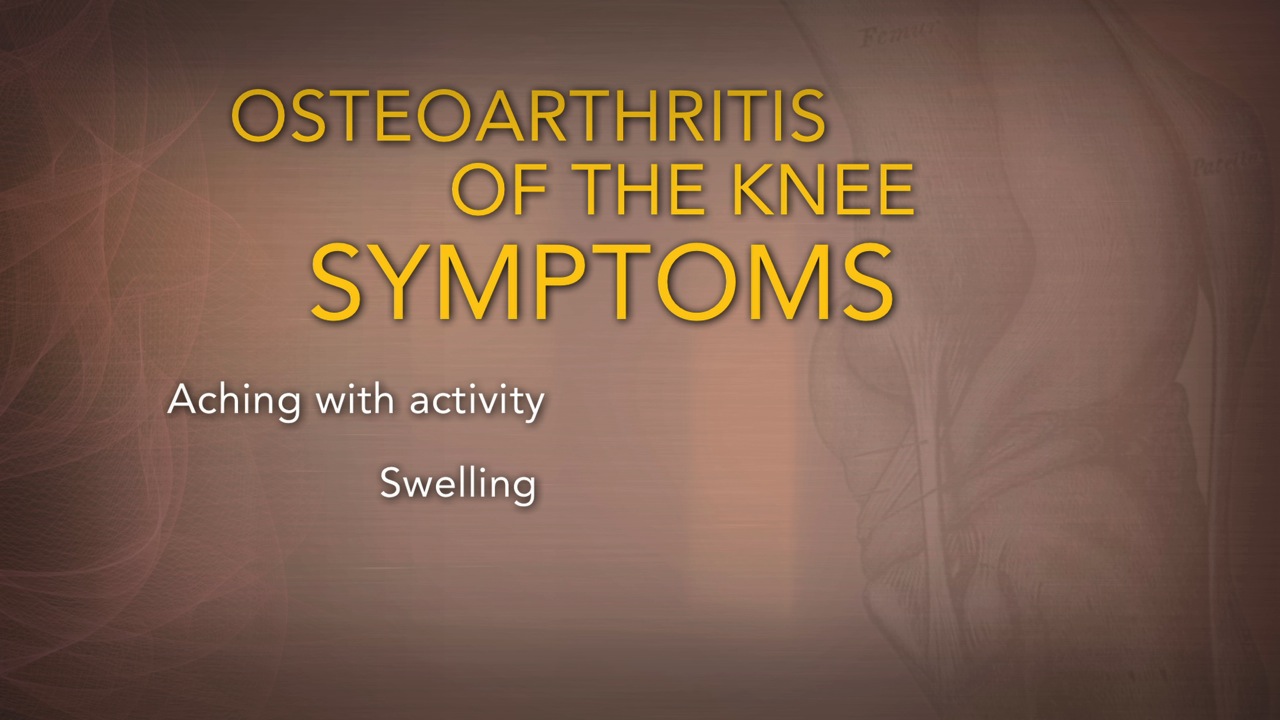An hour of low-dose oral colchicine is effective for early gout flare: study
Reuters Health • The Doctor's Channel Daily Newscast
Despite widespread use, the evidence base for oral colchicine therapy and dosing in acute gout “remains limited,” Dr. Robert A. Terkeltaub of the University of California, San Diego and colleagues point out in a January 21st online publication in Arthritis & Rheumatism.
This led them to conduct the Acute Gout Flare Receiving Colchicine Evaluation (AGREE) study, which compared low- and high-dose oral colchicine using a randomized double-blind placebo-controlled design. In the self-administered high-dose prolonged regimen, “selected to mimic common practice,” patients took tablets containing a total of 4.8 mg of colchicine over 6 hours. This regimen was compared to placebo and to an abbreviated low-dose regimen in which patients took 1.8 mg over 1 hour. Previous studies in healthy volunteers had shown comparable maximum blood concentrations with the two regimens, the investigators note.
The primary endpoint was a 50% or greater reduction in pain at 24 hours without rescue medication.
Of 575 patients randomized into the trial, 185 had an eligible gout flare and took study medication (safety population); 52 received high-dose colchicine, 74 received low-dose colchicine and 59 received placebo. All but one patient were included in an intention-to-treat analysis.
Most of the patients were middle-aged overweight white men with a high serum urate levels and a 10-year history of gout. None started or altered urate-lowering therapy during the study, and less than a third were taking it at baseline.
Both colchicine regimens were significantly more effective than placebo, the team reports, with 28 (37.8%) responders in the low-dose group, 17 (32.7%) responders in the high-dose group, and 9 (15.5%) in the placebo group (p = 0.005 and 0.034, respectively).
Rescue medication — mostly NSAIDs and predominantly indomethacin — was taken in the first 24 hours by 23 patients (31.1%) in the low-dose group, 18 (34.6%) in the high-dose group and 29 (50.0%) in the placebo group.
Adverse events (most often, diarrhea) occurred in far more patients in the high-dose group (76.9%) than in the low-dose (36.5%) or placebo (27.1%) groups. The low-dose and placebo groups had similar adverse event profiles, according to the authors.
With high-dose colchicine, 40 patients (76.9%) had diarrhea, 10 (19.2%) had severe diarrhea, and 9 (17.3%) had vomiting. With low-dose colchicine, 17 (23.0%) had diarrhea, none had severe diarrhea, and none had vomiting. There were no deaths, and no patient dropouts due to side effects.
“The benefit of treating acute gout flares with low-dose colchicine extends beyond a dramatic reduction in gastrointestinal side effects,” the authors note. “This regimen should reduce potential drug-drug interactions known to be strongly correlated with reported colchicine toxicity.”
These results “provide the first evidence basis, after centuries of colchicine use, for low-dose colchicine therapy in the treatment of early acute gout flare,” the investigators conclude.
Furthermore, they point out, the findings “are consistent with recent, expert opinion-based European League Against Rheumatism (EULAR) recommendations and support an immediate change in clinical practice from a high-dose colchicine regimen to a low-dose colchicine regimen for treatment of early gout flare.”
Reference:
Arthritis Rheum 2010.






